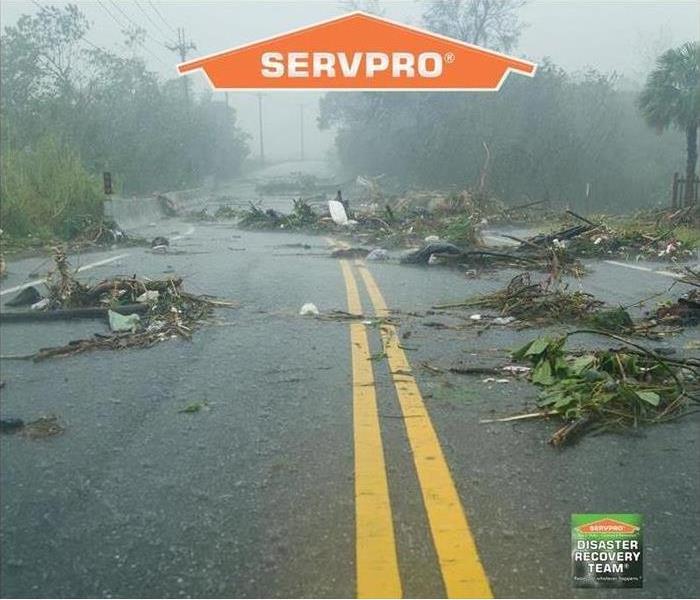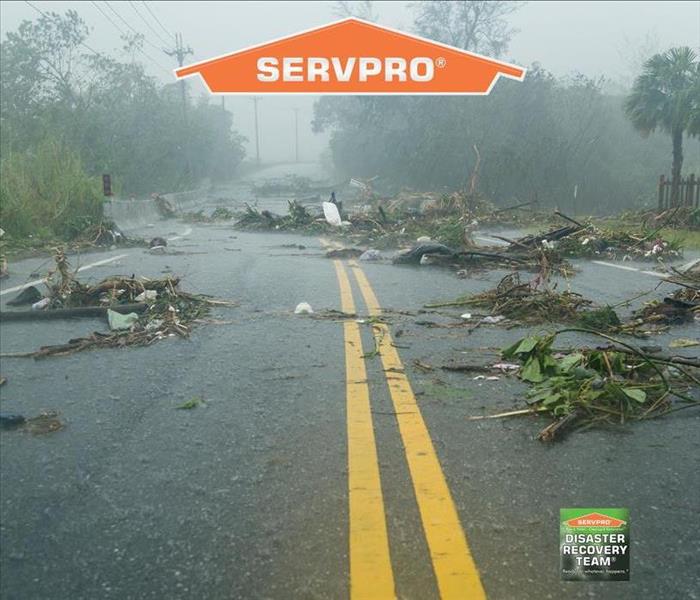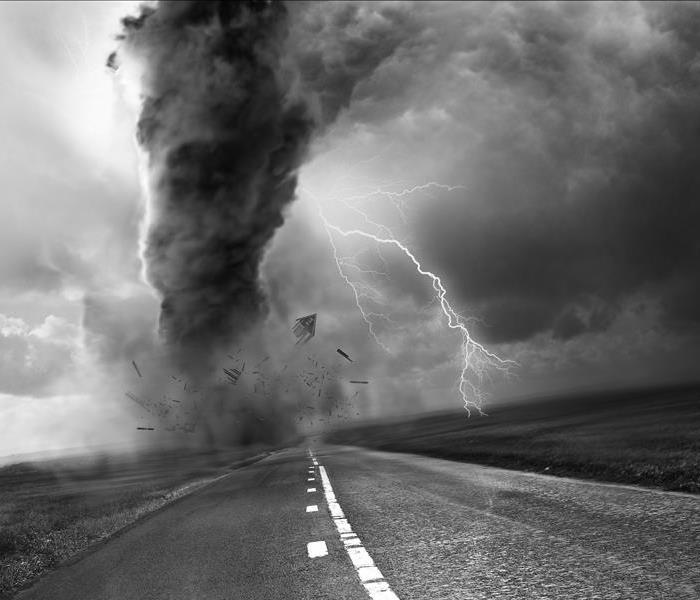Archived Storm Damage Blog Posts
SERVPRO is Ready For The Storms
5/11/2018 (Permalink)
SERVPRO of Marion, Bond, Fayette, Clinton Counties specializes in storm and flood damage restoration. Our crews are highly trained and we use specialized equipment to restore your property to its pre-storm condition.
Faster Response
Since we are locally owned and operated, we are able to respond quicker with the right resources, which is extremely important. A fast response lessens the damage, limits further damage, and reduces the restoration cost.
Resources to Handle Floods and Storms
SERVPRO of Marion, Bond, Fayette, Clinton Counties is the only certified Disaster Recovery Team in the South Central and Southern Illinois Regions! When storms hit Southern Illinois, we can scale our resources to handle a large storm or flooding disaster.
Have Storm or Flood Damage? Call Us Today (618) 533-5400
SERVPRO of Marion, Bond, Fayette, Clinton Counties Are Ready For The Storms
4/19/2018 (Permalink)
SERVPRO of Marion, Bond, Fayette, Clinton Counties specializes in storm and flood damage restoration. Our crews are highly trained and we use specialized equipment to restore your property to its pre-storm condition.
Faster Response
Since we are locally owned and operated, we are able to respond quicker with the right resources, which is extremely important. A fast response lessens the damage, limits further damage, and reduces the restoration cost. TEAM WOLFE can deploy at a moments notice with all the resources required to stabilize, mitigate and remedy your disaster.
Resources to Handle Floods and Storms
SERVPRO of Marion, Bond, Fayette, Clinton Counties is the only certified Disaster Recovery Team in the Southern Illinois Region! When storms hit Southern Illinois, we can scale our resources to handle a large storm or flooding disaster.
Have Storm or Flood Damage? Call Us Today (618) 533-5400
With Tornado Season here, S. Illinois residence Should Be Prepared
4/18/2018 (Permalink)
Are you ready for severe weather in Southern Illinois? We are entering into the Tornado and Severe Storm season in Illinois. Siren testing occurs on the first Tuesday at 10:00 a.m. of each month for statewide tornado drill. Outdoor tornado sirens are tested at this time.
In addition to making sure the sirens work properly, Tuesday's drill is a great time to review your severe weather plan: Where would you take shelter at home, work, school or while driving? The NWS encourages families to talk about their severe weather plan together.
Along with the outdoor sirens, a tornado warning will be broadcast on NOAA Weather Radio Tuesday morning, and many commercial TV and radio stations will broadcast a test alert.
According to the State of Illinois Illinois Emergency Management Agency, Illinois ranks fifth in the U.S. for the number of tornadoes per square mile. The majority of Illinois tornadoes have occurred between April 1 and June 30 between the hours of 3 and 10 p.m. However, tornadoes have happened nearly every month of the year and at nearly all hours of the day. In February 2017, a tornado killed three people in LaSalle County. An average of 50 tornadoes occur each year in Illinois.
The IEMA also reminds residents to be sure to know the difference between a tornado watch and a tornado warning:
Subscribe
- Tornado Watch: This means tornadoes are possible near your area. Stay alert for the latest weather information. Be prepared to take shelter. If you live in a mobile home, this is the time to move to a more substantial structure. If you see any rotating funnel-shaped clouds, report them immediately by telephone to your local emergency management or law enforcement agency.
- Tornado Warning: This means a tornado has been sighted by someone or indicated by weather radar. The storms may also produce damaging winds in excess of 60 mph and/or hail one inch or larger. Take shelter immediately. Turn on a battery-operated radio or television and wait for updated information for your area. Many smartphones automatically receive tornado warnings to alert you about a tornado nearby, even if you're traveling.
If the forecast indicates tornadoes are possible, families should monitor the radio, TV or Internet for the latest information. If the sirens go off:
- Go immediately to your predetermined shelter, such as a storm cellar, basement or the lowest level of the building. In a basement, go under the stairs, under a heavy piece of furniture or a work bench. Stay there until the danger has passed.
- If in a mobile home, get out and seek shelter elsewhere, well before the storm arrives. A mobile home can overturn very easily even if precautions have been taken to tie down the unit. If there is not a substantial shelter nearby, go to a low-lying area and shield your head with your hands.
- If there is no basement, go to an interior hallway or a small interior room without windows, such as a bathroom or closet. Stay away from outside windows and walls as they may be penetrated by high speed, wind-borne debris.
- Get under a piece of sturdy furniture, such as a workbench or heavy table, and hold onto it. If sturdy furniture is not available, make yourself the smallest target possible. Squat low to the ground. Put your head down and cover your head and neck with your hands.
- Use pillows, mattresses or cushions to protect your head and neck
Find more tornado preparedness information on the IEMA website.






 24/7 Emergency Service
24/7 Emergency Service


